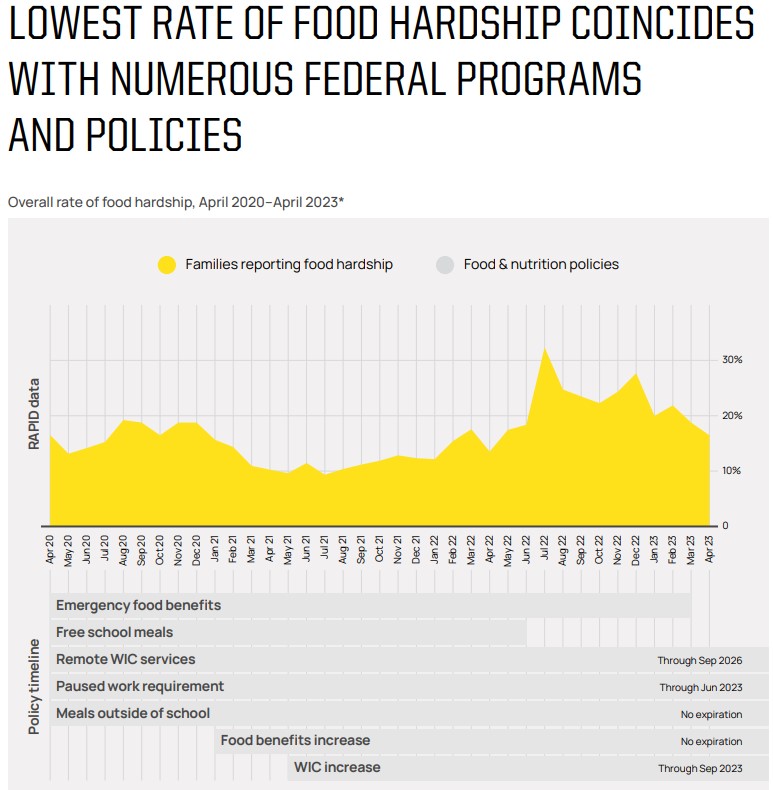October 12, 2023
By: Megan Gunnar
Professor Gunnar and several of her students have been active members of the RAPID-EC study (Rapid Assessment of Pandemic Impact on Development – Early Childhood). This study, led by Professor Phil Fisher at Stanford University, began with the onset of the pandemic in April 2020. Its goal was to survey parents of young children regularly and rapidly turn that information around so that the information could affect policies to buffer families with young children from the economic and emotional impact of the pandemic.
The project is still ongoing as we examine how policies during the pandemic and current policies impact families with young children. Two recent reports are of interest. One shows that for the thousands of parents in the survey who live in all states of the country, policies that provided housing and other support during the pandemic reduced housing and food insecurity. As one parent put it, “The CTC (child tax credit) gave us peace of mind that there would be enough money to pay our bills.” (Parent in Virginia, Dec 2021). And another, “My husband has been laid off for most of the pandemic. The stimulus checks help us catch up on bills that were behind and pay for food and rent and basic needs.” (Parent in West Virginia, April 2021). And yet another, “What’s helping me and my family the most is the school district providing free snack and lunch for my 8-year-old, so I’ve been able to share those items with my 3-year-old.” (Parent in New Jersey, July 2020.)

The pandemic hit many families with young children hard, in part, because when children are young, it is when their parents are also at the beginning of their earning power. Simply put, parents with young children are challenged with both managing the intense demands of infants, toddlers and preschoolers and paying for all their needs at a time when they are typically earning less than they will once their children are older. Then came the pandemic, job loss, and other challenges. But now that we are coming out of that period, young families are not in the clear. Our Rapid-EC survey has shown that in 2022, material hardship among families with young children leveled off at about 40%. Thus about 2 in every 5 families with young children reported having trouble paying for food, housing, utilities, or other essentials.
The first years of life are critical for life-long health, both mental and physical, and for how children will do in school and later in their chosen careers. Given the mounting evidence that conception to age 2 is a critical period, it is astounding to note that this is when public investments in children are the lowest. During these first two years, as a society we invest about $8,000 per child, most of which is for birth and medical expenses. Once a child starts school, this investment increases to about $15,000/year. Indeed, we invest about one-ninth as much per year for each child in their first 5 years as we do for their next 13 years.
Please check out the RAPID-EC fact sheets. https://rapidsurveyproject.com/

